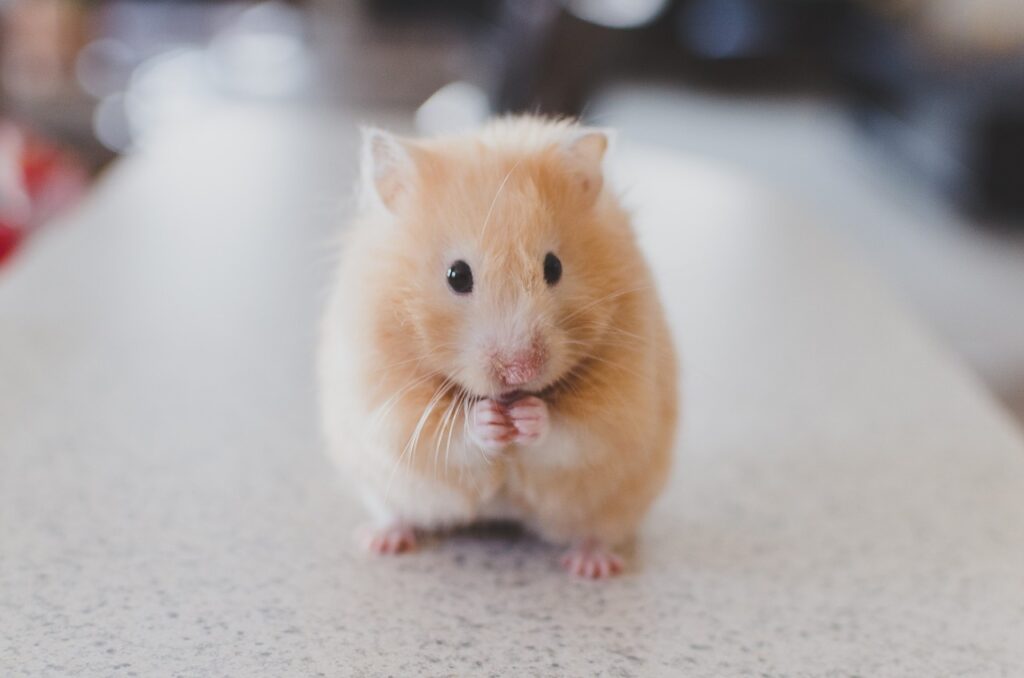Cute hamsters are the rodents that comprise 19 species. These little animals are a sign of beauty and cuteness. These cute hamsters are kept as household pets. Hamsters have short tails or almost tailless, small stubby legs, small furry ears, and stout bodies. Depending upon the region in which they live and the breed, they have different colors ranging from white, yellow, golden, red, grey, brown, and black.

Types of Hamsters
The most common known types of hamsters are following:
- Syrian Hamster ( Also known as golden hamster )
- Dwarf Russian Hamster
- Chinese Hamster
- European Hamster
The original color of Syrian hamsters was golden but now its breeds are available in many colors. Syrian Hamsters have an average adult weight of 110 g to 140 grams and their life span varies between 18 months to 36 months. They have very loose skin and their females are larger than thier males.
Dwarf Russian hamsters have varied body colors and they weight about 35 to 50 grams. Their average life span is 18 to 24 months.
Chinese hamsters have dark brown body color and they weight about 40 g to 60 gram. Their avergae life span is 24 to 36 months.
European hamsters are much bigger in size than the above three types and they are among the biggest varieties of hamsters.
Is It Suitable For You To Adopt a Hamster?
Hamsters are nocturnal, it means they tend to sleep during day and awake at night. If you are a night sleeper and do not allow anyone to distrub you during your sleep, then adopting a hamster can be a bad experience. Same as, if you are looking for a companion during your day work, hamsters will broke your expectations as well.
Hamsters are often adopted as pet for childrens. Hamsters may bite, if you disturbed them during their sleeping time. So, adult supervision is necessary for the children before they go for playing with hamsters during their sleeping time.
Hamsters can also create a zoonotic risk for children and pet owners. They are considered carriers of lymphocytic choriomeningitis virus (LCMV). This virus is the cause of substantial neurologic disease in humans. Children and immunocompromised people are more prone to this virus. Hamsters are also considered as a risk for infections of salmonella.
If you find this content interesting and helpful then do like it and share this on your social media accounts. If you find any error or want to suggest any changing then do comment in the comment box. Thanks for your time.


